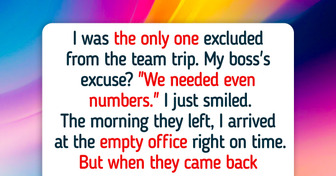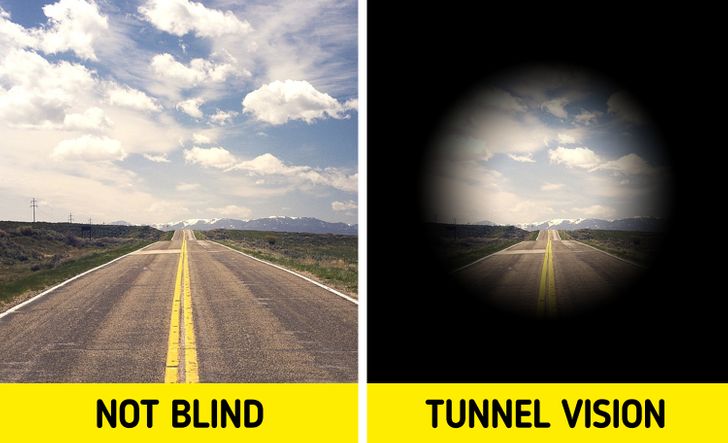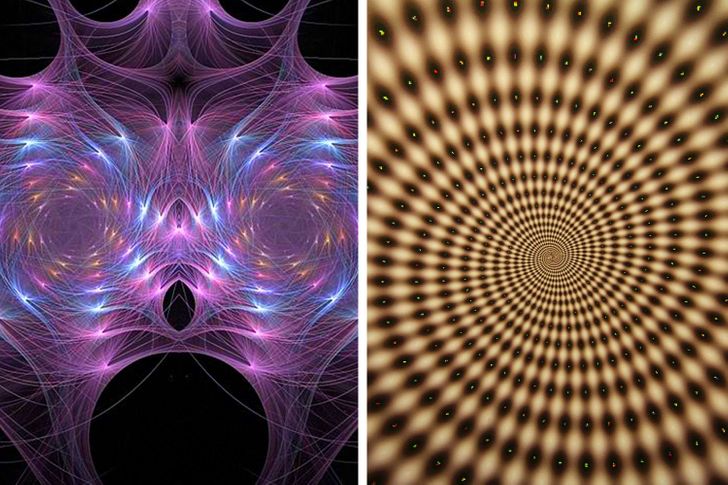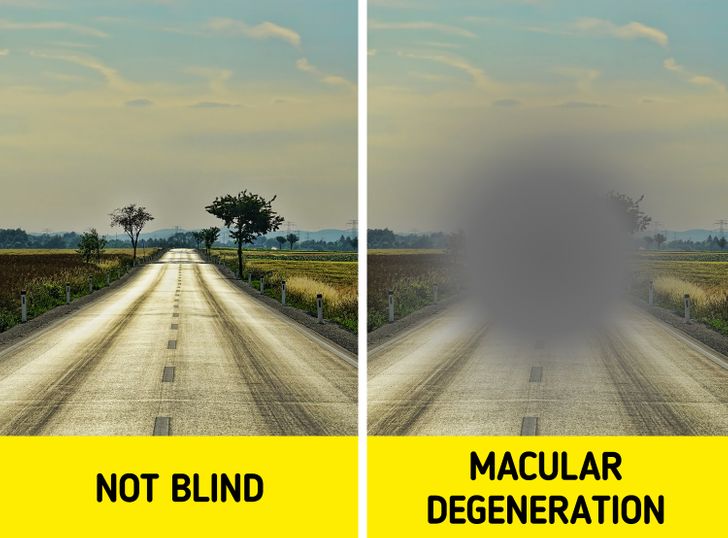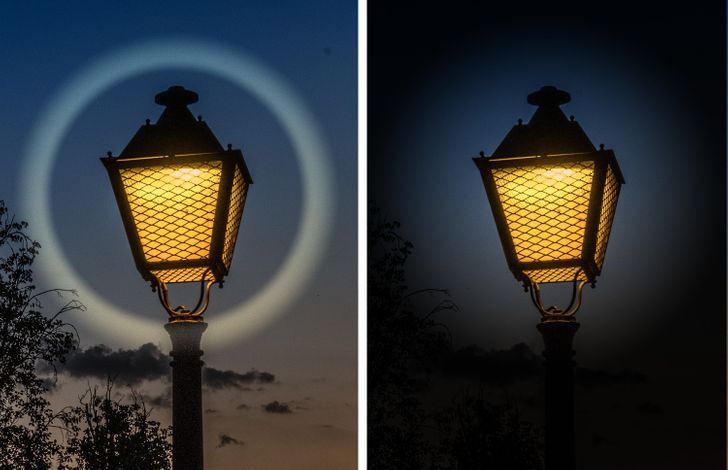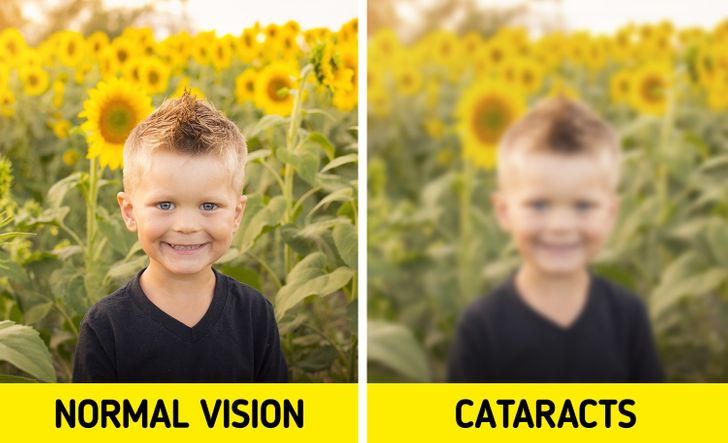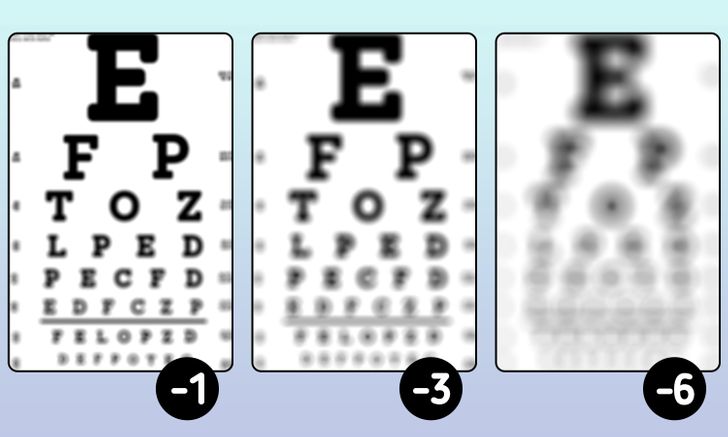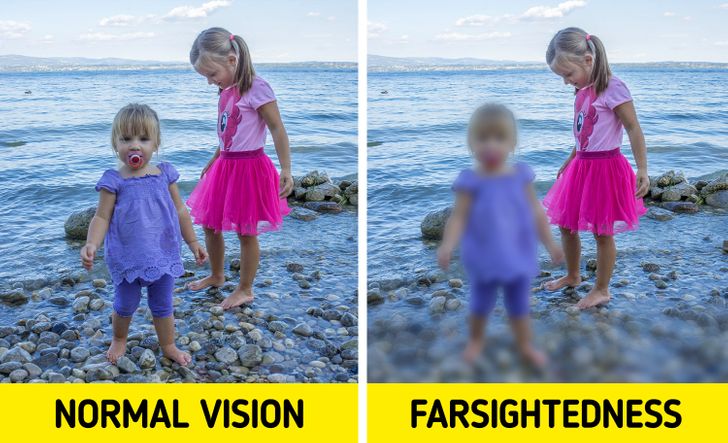thank you for that read
How People With Different Degrees and Causes of Impaired Vision Actually See the World
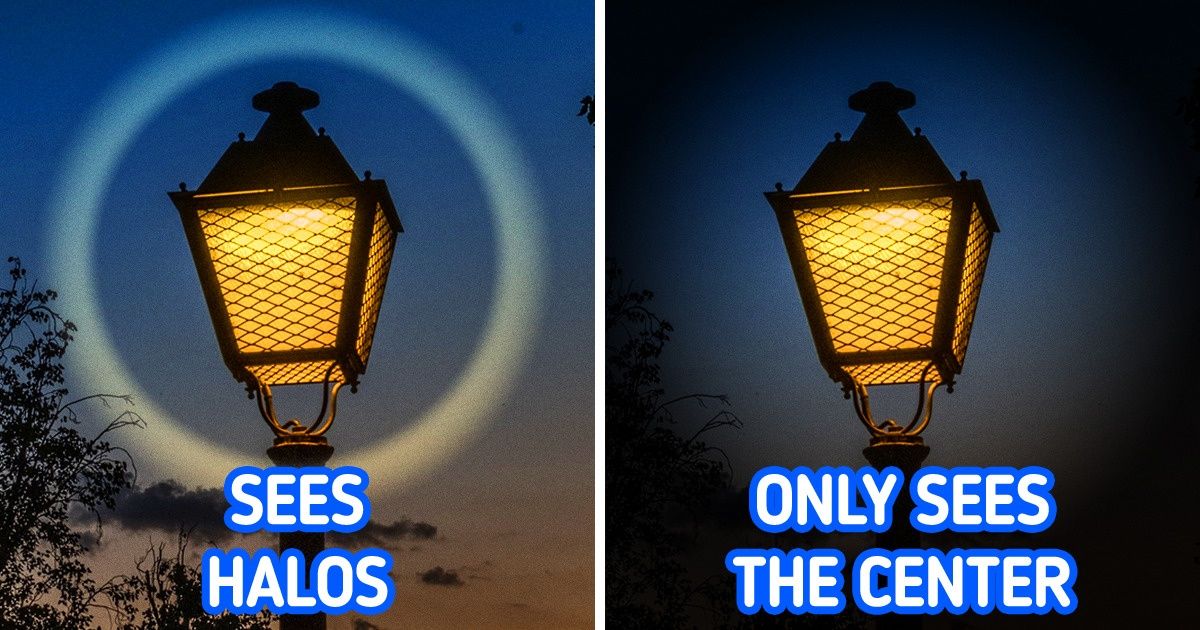
We at Bright Side decided to find out how people with different causes of impaired vision see our world and we want to share the findings with our readers.
1. Tunnel vision
Peripheral vision loss (PVL) refers to the loss of sight outside of a person’s direct line of vision. Thus, a person can clearly see what is directly in front of them, but everything outside their focus is either blurred or dark, as if they were looking through a tunnel. Although people with PVL can still see objects in front of them, PVL makes it difficult to navigate in the area or inside large crowds.
2. Charles Bonnet syndrome
Charles Bonnet syndrome (CBS) makes people hallucinate — see things that are not actually present.
During normal visual acuity, the brain receives information from the eyes and processes it. When the sight is lost during CBS, and the brain doesn’t have the information to proceed, it starts creating its own pictures. Those who have CBS can see either simple shapes, patterns, and figures or more complicated images of people, animals, or objects — anything one can imagine.
Note: CBS hallucinations are caused only by the loss of sight. It doesn’t mean that the one experiencing it has mental health issues.
3. Macular degeneration
Macular degeneration or Age-related macular degeneration (AMD) affects the area of the eyes that is responsible for sharp central vision. It mostly occurs in people over 50 and causes partial sight loss. AMD is a progressive disease. During the first stages, the image’s central area might be just blurred, but as AMD progresses, the blurred part turns into dark or blank spots.
AMD makes it extremely hard for people to read and recognize faces.
4. Diabetic retinopathy
Diabetic retinopathy (DR) is an eye disease that people with diabetes may develop. DR affects the eye’s retina — here there is sensitive tissue that has a photoreceptor that absorbs the light and information it carries. Diabetic retinopathy has several different symptoms, and each one affects the vision differently. For instance, someone with DR may see a completely blurred picture or miss out on the central parts of an image.
5. Glaucoma
Glaucoma is an eye condition that occurs because the eye drainage system becomes inefficient over time. There are 2 common types of glaucoma that distort the vision differently. The first type of glaucoma affects the peripheral vision, making it impossible to see anything outside the image’s central zone. The second type makes people see color rings or halos around sources of light.
6. Cataracts
Cataracts are the clouding of the lens in the eyes. This may occur in one eye or the other or occur in one and then spread to the other. Cataracts make it impossible to perceive the image clearly and blur the vision. People with cataracts experience difficulties with night vision and with sources of light — the light from cars, lamps, or the sun may be too intense for them.
7. Myopia
Myopia or nearsightedness is a common condition when one can clearly see the objects near him, but the objects far away are blurred. Myopia may develop gradually or rapidly during childhood or adolescence. The further nearsightedness progresses, the blurrier the objects in a distance seem.
8. Hyperopia
Hyperopia or farsightedness is a common eye disease where one can clearly see objects far away, but the objects near the person may be blurred. Just like nearsightedness, farsightedness has several stages. While people with mild farsightedness can distinguish the nearest object, those with severe farsightedness can only see objects far away.
Note: The article serves informational purposes only. If you have any concerns about your vision, it’s better to see a doctor to get a proper diagnosis.
Did you know how people with vision impairments see the world? Or maybe you are one of these people? Share your stories with us.
Comments
Related Reads
I Refuse to Let My Husband Do a Sanitary Job—His Excuse Left Me Stunned

I Refuse to Obey My Pregnant DIL’s Demand to Turn a Merry Christmas Into a Vegan One

My Grandpa Left His Inheritance to Me, and It Sparked a Huge Conflict in My Family

10 Stepchildren Who Opened Their Hearts to Welcome Another Parent

My Parents Said I Was Too Irresponsible to Own a Home, Now They’re Begging to Live in It

12 Quiet Acts of Kindness That Show Humanity Still Has a Heartbeat

10 Long-Buried Secrets That Came to Light When It Was Too Late

15 Times Kindness Proved It’s Still the Strongest Force on Earth

I Refused to Let My Daughter (16) Share a Room With My Nephew (17), and the Fallout Was a Disaster

I Refuse to Get Paid Less Just Because I Worked Remotely
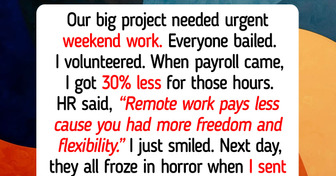
I Refused to Take My Stepdad’s Last Name, Then He Laid Down a Truth I Didn’t Want to Hear

I Refuse to Be Left Out Without Consequences
